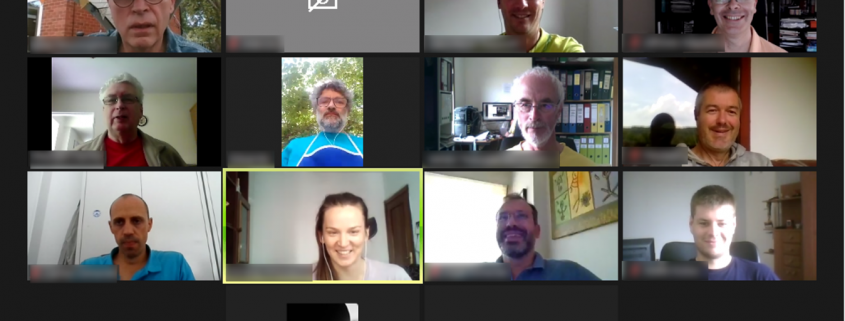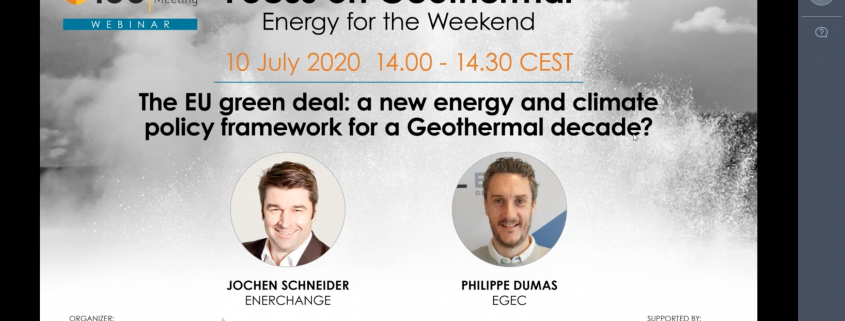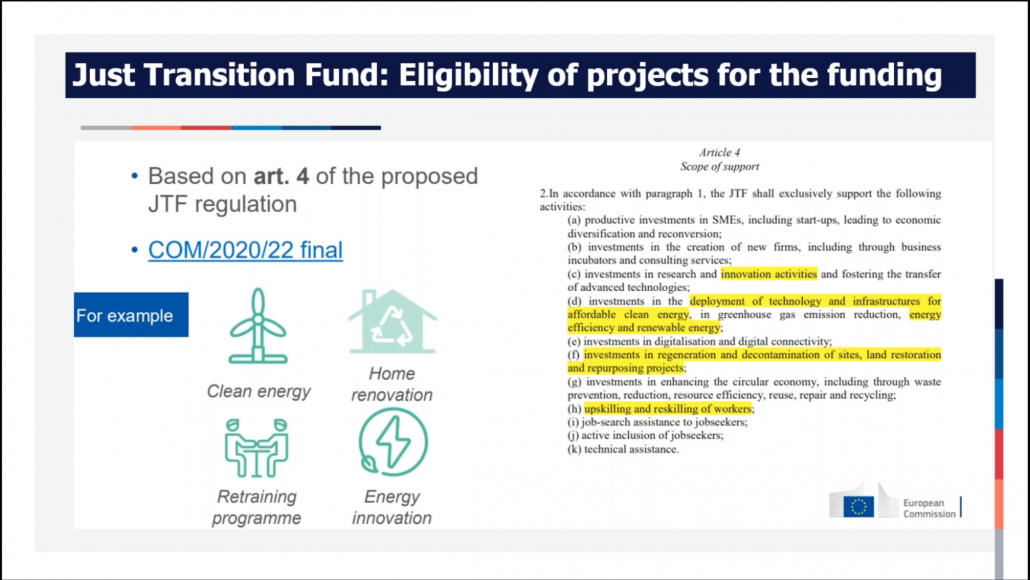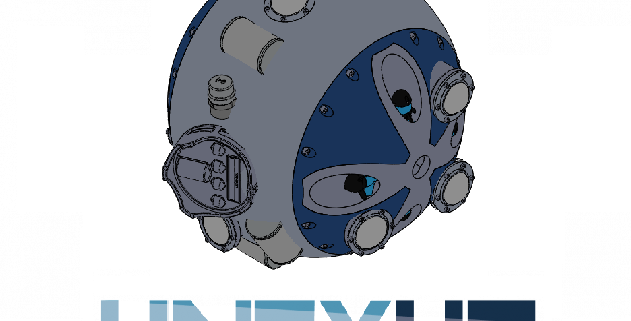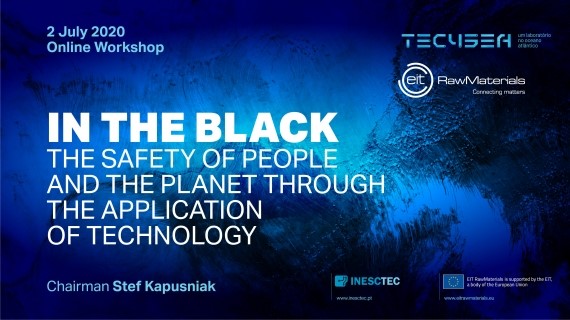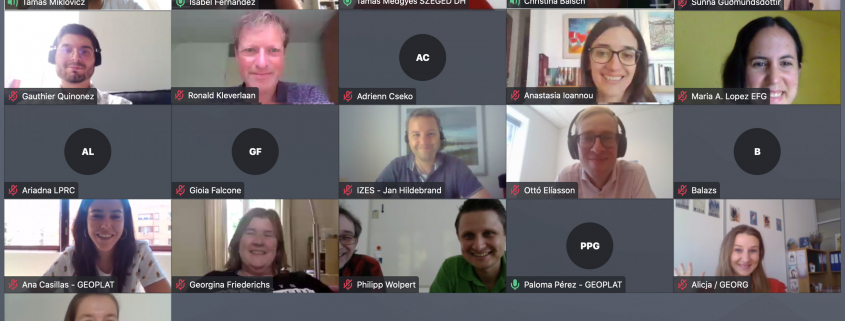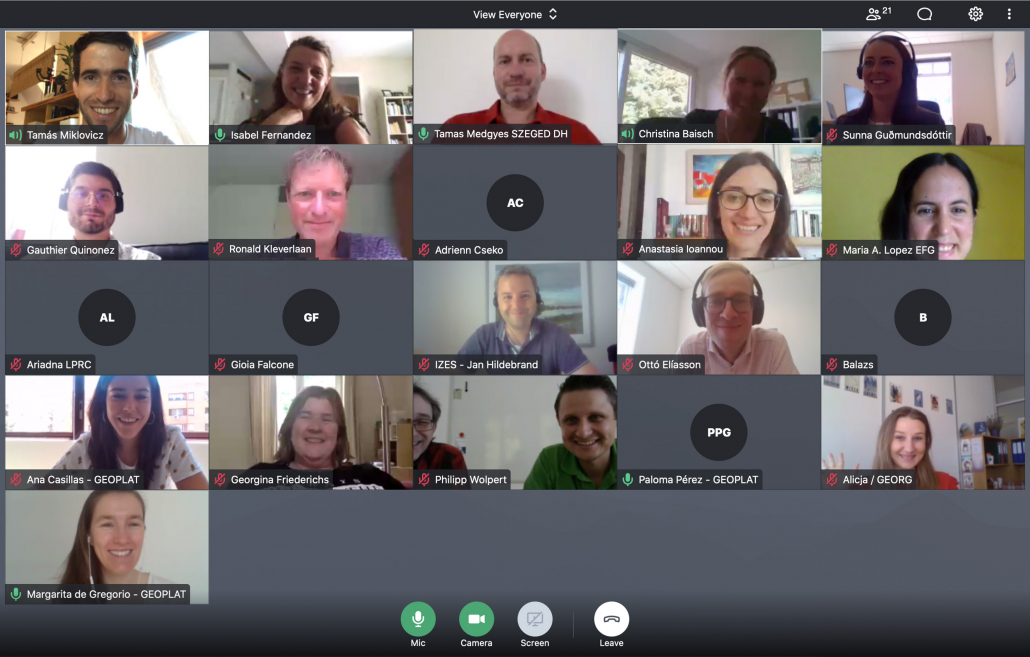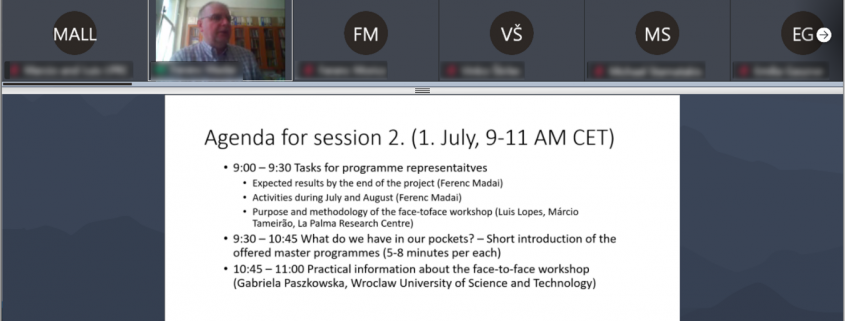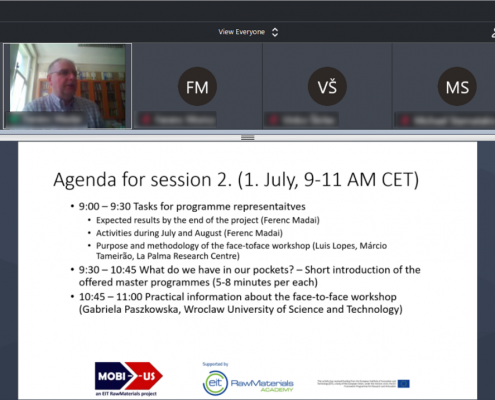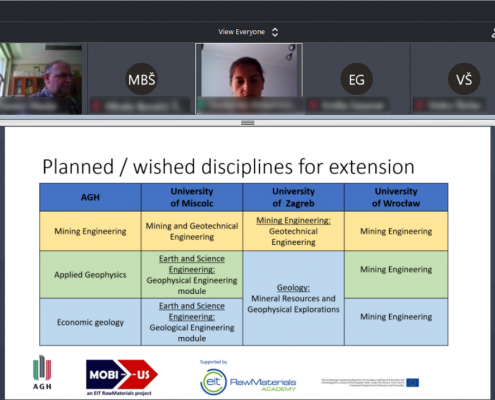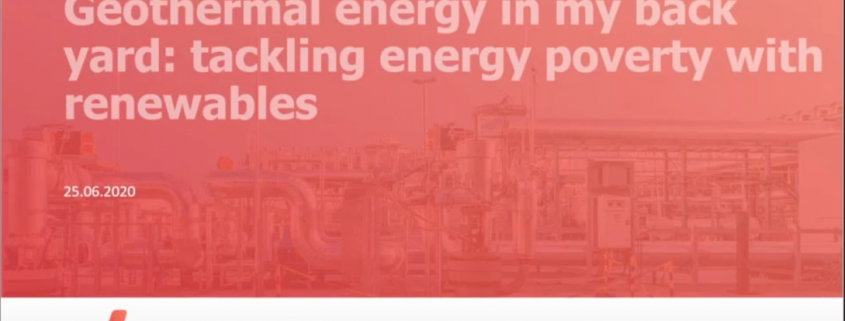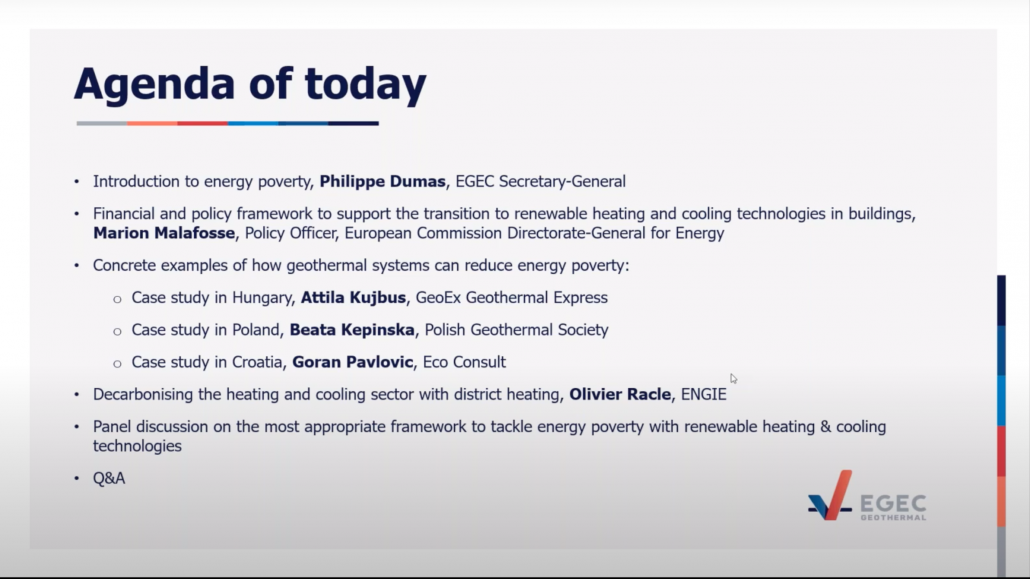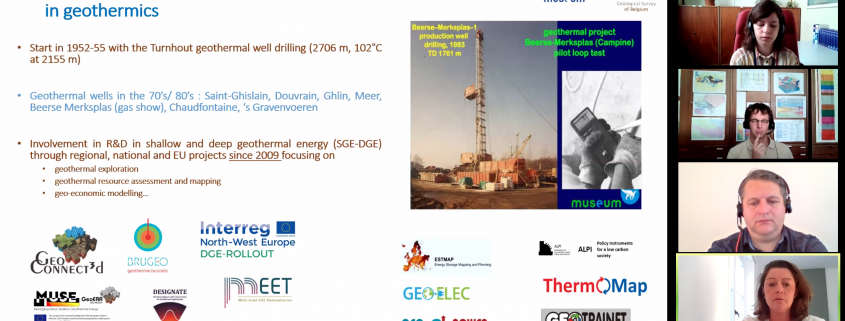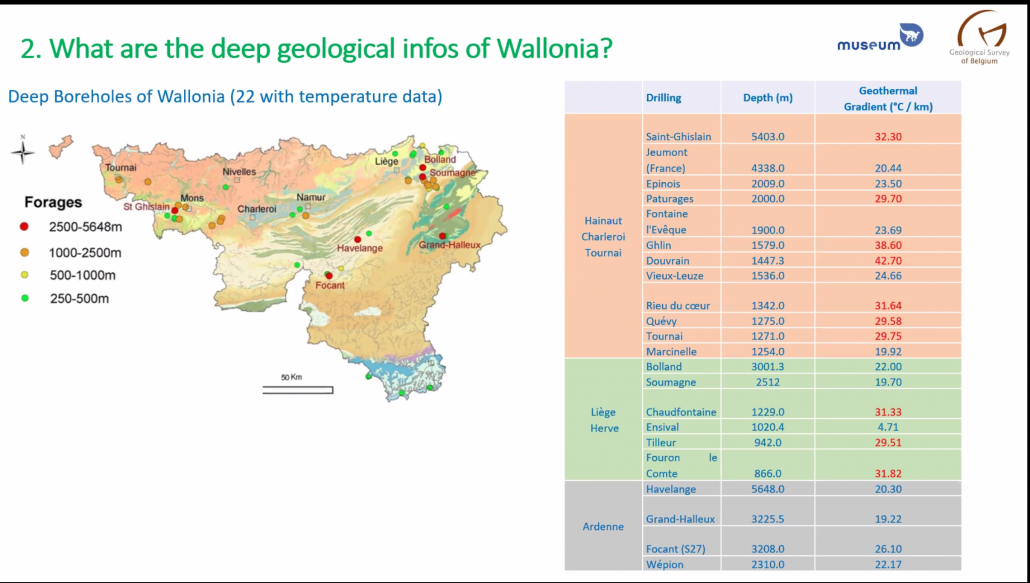UNEXUP 1st Progress meeting, online
On Thursday and Friday (23 and 24 July) the UNEXUP consortium met online for the First Progress Meeting. In UNEXUP, LPRC leads the communication and dissemination efforts. Balazs Bodo, Adrienn Cseko, Luís Lopes and Márcio Tameirão participated in the e-meeting from the company’s side.
On the first day work package leaders presented their current work status and next steps for 2020 and later, while the second day was dedicated to further discussions about the plan of actions for the future. In this opportunity, Márcio Tameirão represented LPRC as the leader of Work Package 4 – Communication, dissemination and outreach with a presentation that covered the past and current dissemination efforts, as well as the future activities in order to promote the UNEXUP technology towards the key stakeholders, and to generate market interest through the UNEXUP website, social media channels, publications, brochures, events and other outreach materials.
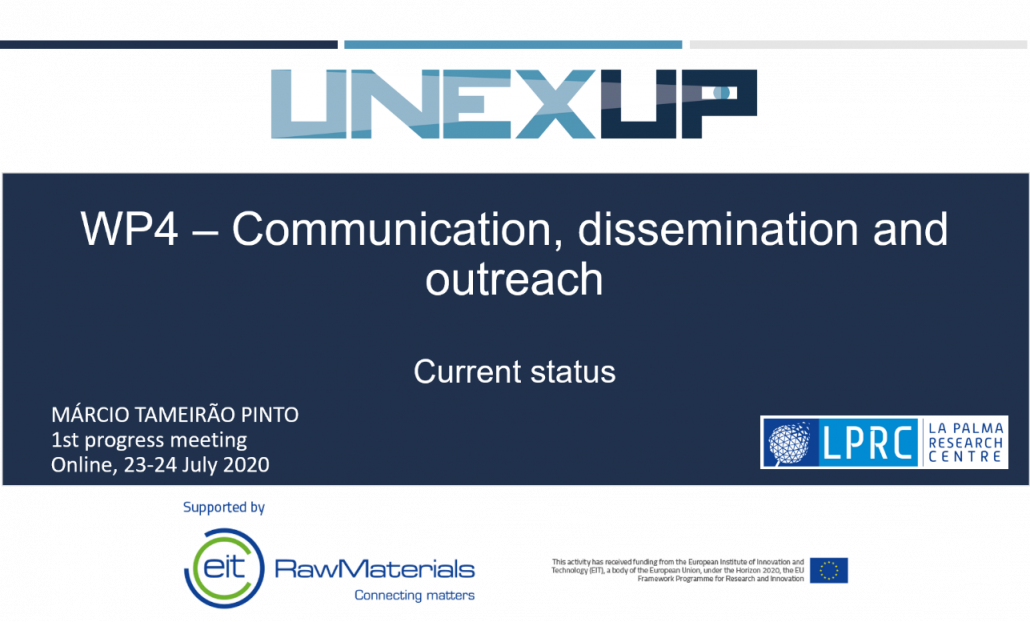
WP4 presentation was made by Márcio Tameirão
One of the main topics of the presentation was the ongoing “Call for Pilots” campaign on social media, whose purpose is to attract potential pilot sites where the UNEXUP technology can conduct real-life surveying missions under a real service-to-client approach. In addition, to demonstrate the robots’ capabilities to produce valuable geoscientific data from these sites, and to further calibrate and develop the technology based on the outcomes of the pilots.
LPRC leads the three tasks of WP4: 4.1 – Communication and dissemination management; 4.2 – Outreach support toolkit; and 4.3 – Increasing market interest. In addition, it is the leader of the related Task 0.4 – Customer relations, under WP0 (Market strategy and business development portfolio), besides horizontal support in order Work Packages’ activities.
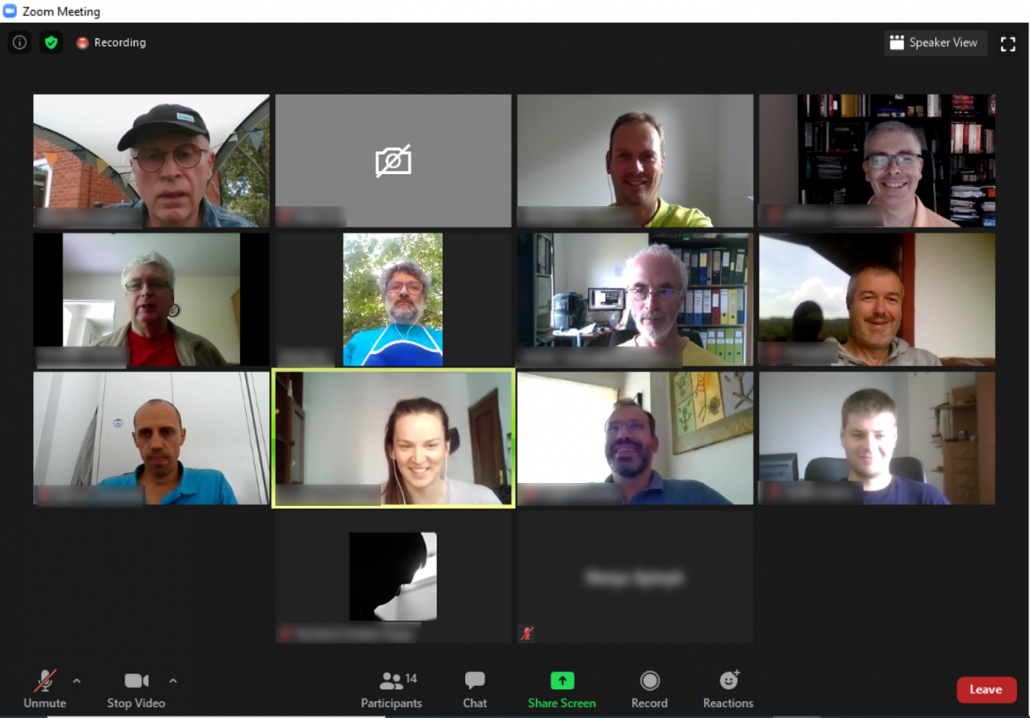
A total of eight institutions participated in the e-meeting

